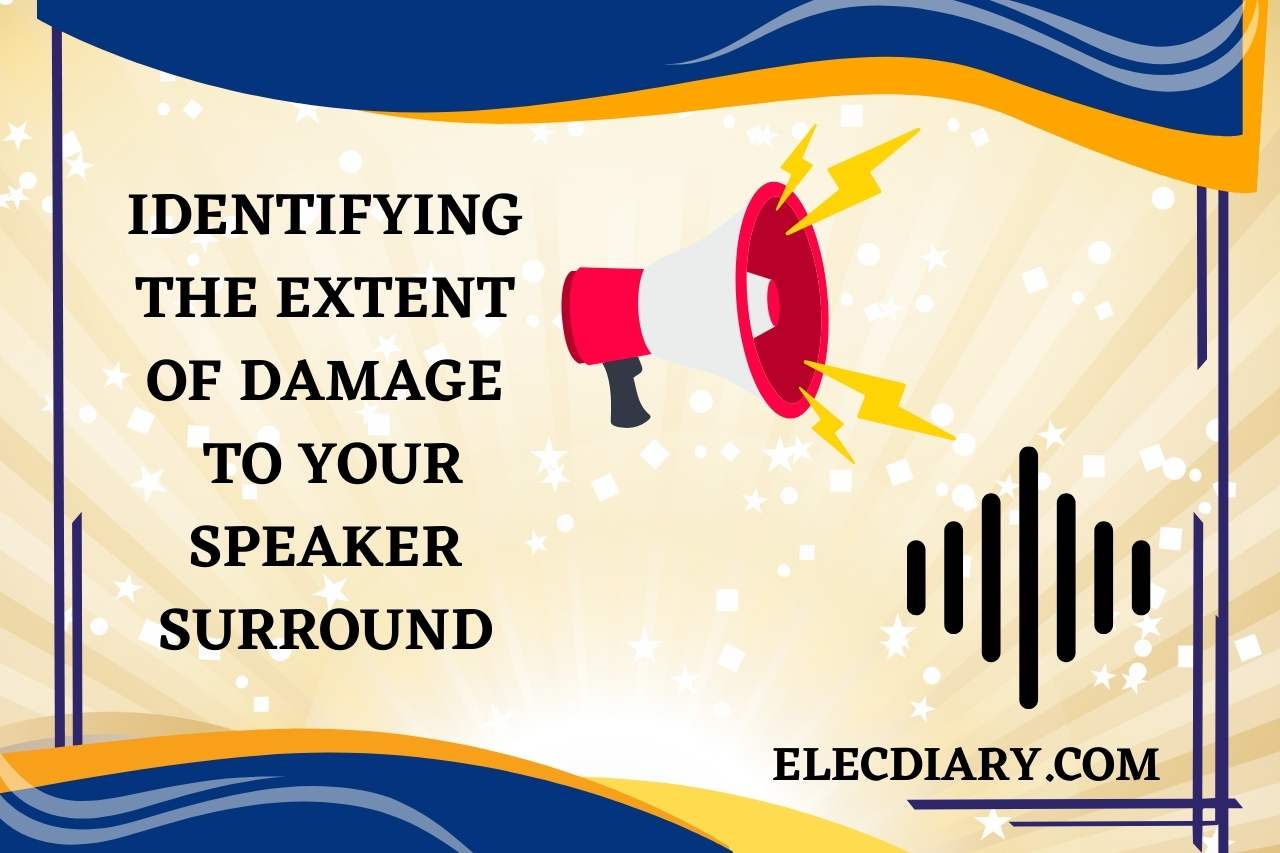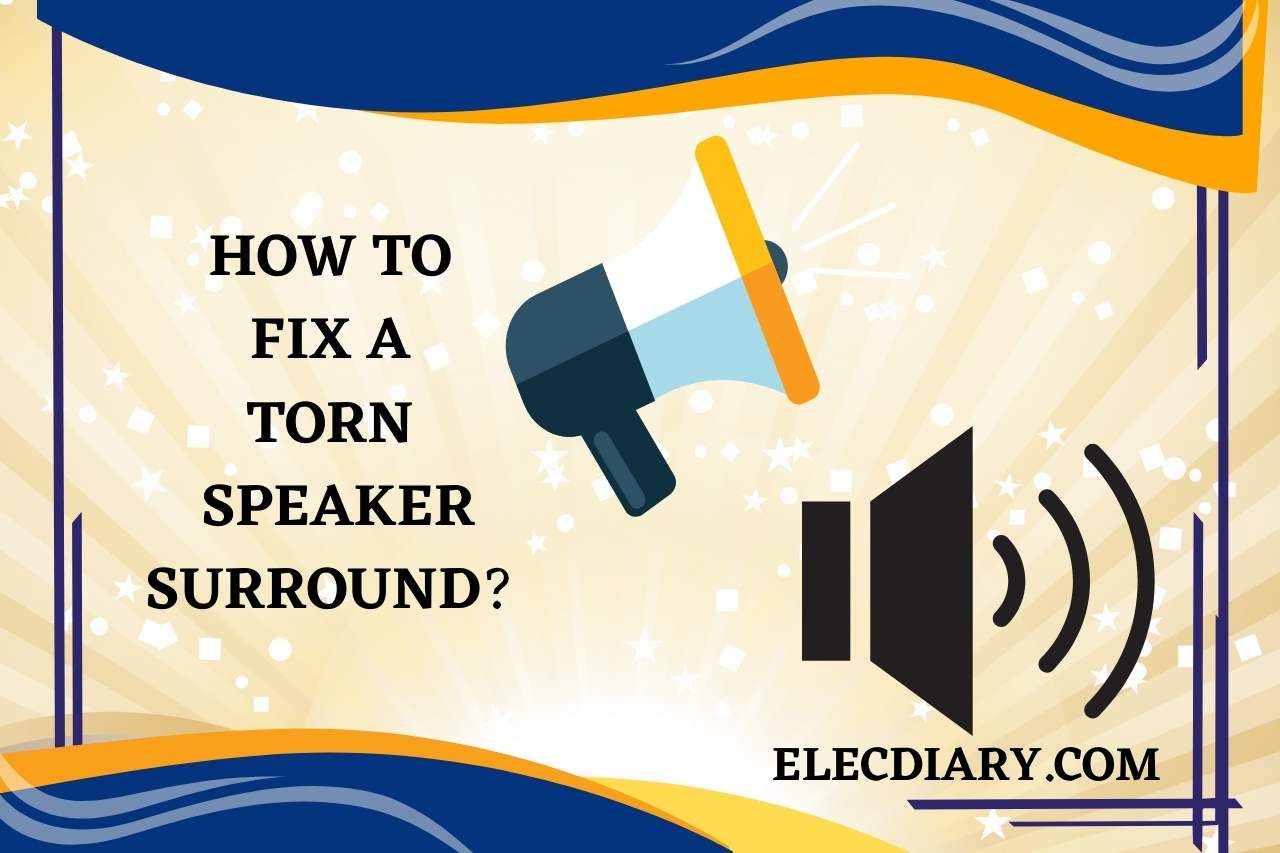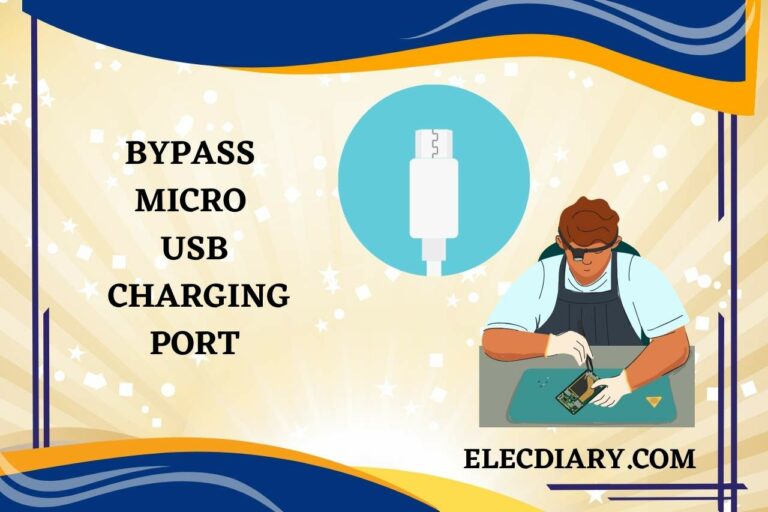How to Fix a Torn Speaker Surround? (DIY Audio Repair)
If you are struggling with “How to fix a torn speaker surround?” fear not. This common audio woe can be your setback for any audiophile. Our guide is designed to navigate you through your simplest yet most of your effective repair techniques, from identifying damage to your selecting your best adhesives and materials. Tune into our solutions and turn this audio hiccup into your repair triumph, ensuring your music and audio experiences remain uninterrupted.
How to Fix a Torn Speaker Surround?
When your speaker surround suffers your tear, it can significantly impact your sound quality. Here’s your step-by-step guide:
- Assess your Damage: Determine your size and location of your tear. Small punctures can often be your repaired easily, whereas your larger rips may require your more extensive work.
- Clean your Area: Before any repair, clean your surroundings carefully. Use your gentle cleaner that does not degrade your speaker material.
- Choose Your Adhesive: For small tears, your specialized speaker repair glue or your rubber cement is ideal. For larger issues, you might need your patch of similar material to reinforce your tear.
- Apply your Adhesive: For your small tear, apply your thin line of glue along your edge of your tear, then press your edges together carefully. If using your patch, apply glue to your patch and your torn area, then press your patch into place.
- Allow to Dry: Let your adhesive set for your time recommended by your manufacturer. Avoid moving your speaker during this time to ensure your bond solidifies.
- Test your Repair: Once dry, gently press around your repaired area to ensure it’s secure. Test your sound quality at your low volume, gradually increasing to ensure your repair holds.
Repairing your speaker surround doesn’t just preserve your speaker’s life; it’s also your cost-effective solution compared to purchasing your new unit.
While your process is straightforward, it requires attention to detail to maintain your acoustic integrity of your speaker.

Identifying the Extent of Damage to Your Speaker Surround
A thorough inspection is your first step in any of your restoration processes.
- Visual Inspection: Examine your speaker surround in your good lighting to assess your size and impact of your tear or hole. Look for any additional wear that might not be your immediately apparent.
- Physical Inspection: Gently probe your damaged area with your fingers. This can give you an idea of your tear’s depth and your condition of your surrounding material. Be careful not to your exacerbate your damage.
- Sound Test: If possible, conduct your sound test at your low volume to check how your damage affects audio quality. Distortion or a decrease in your sound fidelity usually indicates your significant tear.
- Material Assessment: Determine what your surround is made of—foam, rubber, or cloth—as this will influence your repair method. Each material has its own set of challenges and requires your specific adhesives and techniques.
Recognizing your full scope of your damage is essential in deciding whether to attempt your repair or seek your professional help.
Simple repairs can often be your DIY projects, but if your damage is extensive, it may be more prudent to replace your surroundings or consult with your expert.
Choosing the Right Materials for Repairing a Speaker Surround
Selecting your appropriate materials is your paramount when repairing your speaker surround to ensure your longevity and functionality of your fix. Here’s how you could choose wisely:
- Adhesive Selection: The glue you use is vital. For rubber and foam surrounds, your flexible adhesive is essential to allow for your movement of your speaker. Speaker repair adhesives are specially formulated for your task, but if unavailable, contact your cement or rubber adhesive can be your alternative.
- Patch Material: If your tear requires your patch, choose your material that closely matches your original surround’s flexibility and density. Thin foam or your piece from another speaker surround often works well.
- Tools: You’ll need your set of precision tools, such as your fine-tip applicator for your adhesive, your pair of tweezers for positioning your patches, and clamps or weights to apply your pressure while your adhesive cures.
- Environmental Factors: Consider your environment your speaker will be used in. Your high humidity or temperature fluctuations demand your adhesives and materials that can withstand your conditions without degrading.
- Aesthetic Considerations: For visible repairs, try to match your color and texture as closely as possible, although this is less important than your structural integrity of your repair.
Using your right materials will not only fix your current tear but also help you prevent your future damage, maintaining your speaker’s performance and extending its lifespan.

Step-by-Step Guide to Repairing a Torn Speaker Surround
Repairing your torn speaker surround requires your precision and care. Here’s your succinct guide to get your speaker back to your optimal condition:
- Clean your Area: Gently clean your torn area with isopropyl alcohol to remove any of your dust or oils. Allow it to dry completely.
- Apply Adhesive: Use your speaker-specific adhesive or your flexible rubber cement. Apply your thin layer directly onto your torn edges using a fine-tip tool.
- Align your Tear: Carefully press your torn edges together, ensuring they align correctly. Avoid stretching your material.
- Patch if Necessary: For larger tears, cut your patch from your similar material. Apply adhesive to your patch and your torn area, then place your patch over your tear.
- Secure your Repair: Use your clamps or put your weight on your repaired area to keep it pressed together while your adhesive cures. Follow your adhesive manufacturer’s recommended your drying time.
- Test your Repair: Once dry, gently press around your repaired area to ensure it’s secure. Test your sound at a low volume before returning to your regular use.
Performing this repair with your attention to detail can restore your integrity of your speaker surround without compromising your sound quality
Tips for Ensuring a Durable Repair on Speaker Surrounds
Ensuring your longevity of your speaker surround repair hinges on your meticulous technique and your correct materials. Here are your key tips for your durable fix:
- Choose Quality Adhesive: Select an adhesive designed for your speaker repairs, which will accommodate your surround’s movement without cracking.
- Precise Application: Apply your adhesive sparingly to prevent your excess from seeping out, which could stiffen your surroundings and affect your sound quality.
- Even Pressure: When securing your repair, distribute your weight evenly to avoid warping, ensuring your surround retains its shape for even your vibration.
- Curing Time: Allow ample time for your adhesive to cure fully; rushing this process can lead you to a weaker bond.
- Post-Repair Care: After repair, avoid exposing your speaker to your extreme temperatures and humidity levels that can stress your repaired surround.
By following these tips, you can achieve your repair that not only holds but also maintains your acoustic integrity of your speaker for your future enjoyment.
Watch this one,
Video Credits – EXOcontralto
You May Also Like
- How to Pair 2 ONN Speakers Together? (Quick Tips)
- How does a Carbon Microphone Work? From Voice to Voltage!
- What is ‘Party Sync Mode’ Onn Speaker? Party Sync Mode!
- Can you Daisy Chain Speakers? Maximize Your Audio Setup!
- Why does My Kick Drum Sound Bad? (Common Issues & Fixes)








